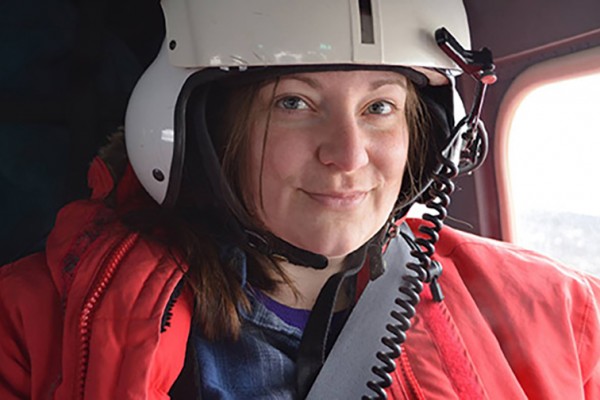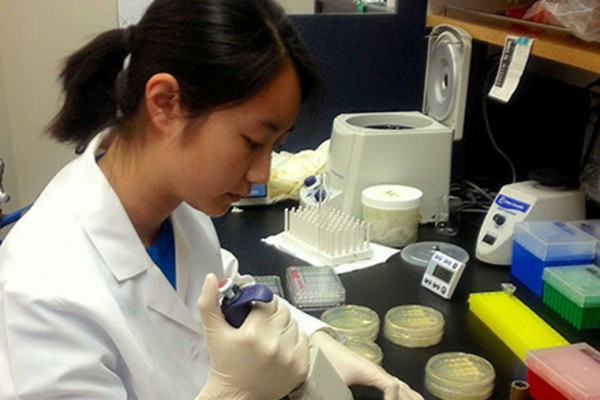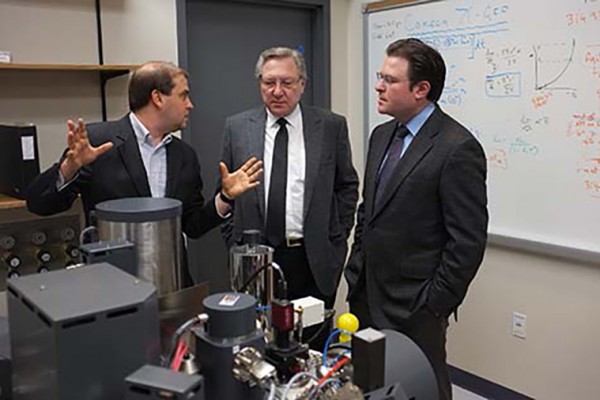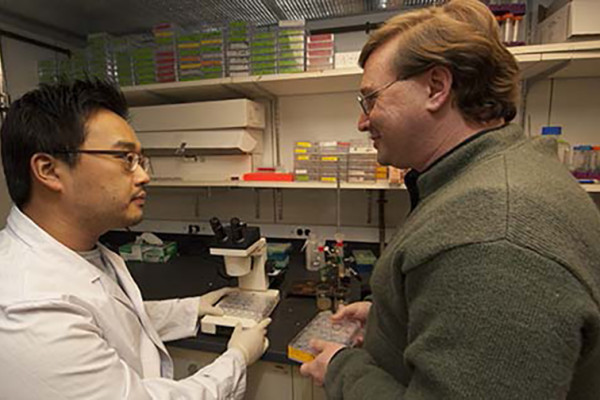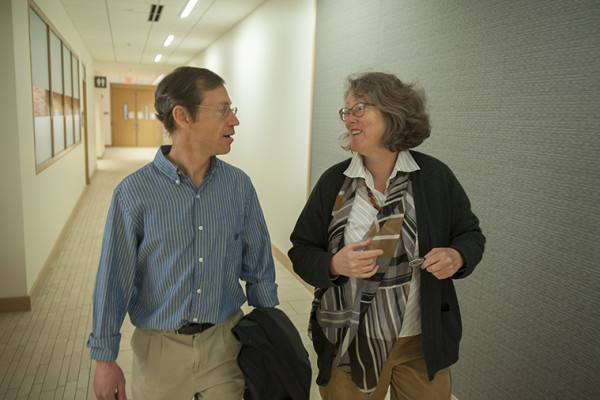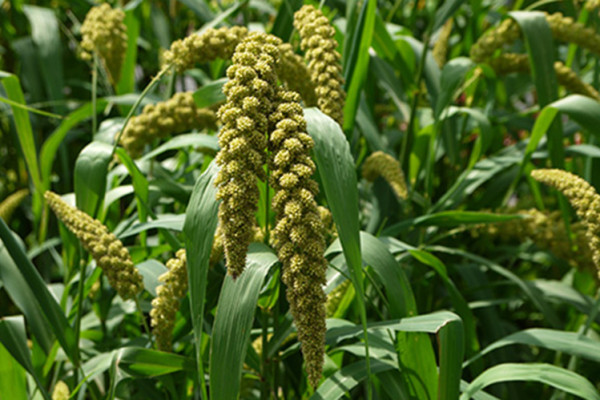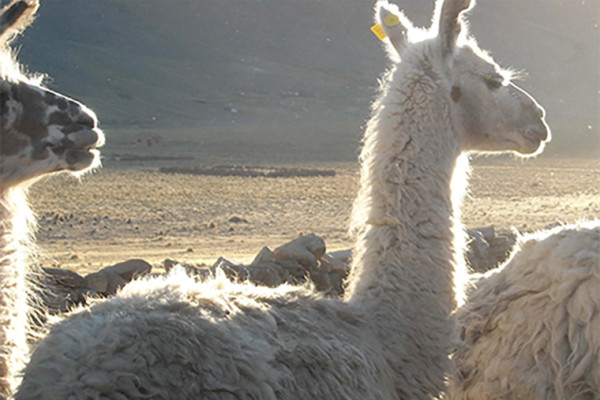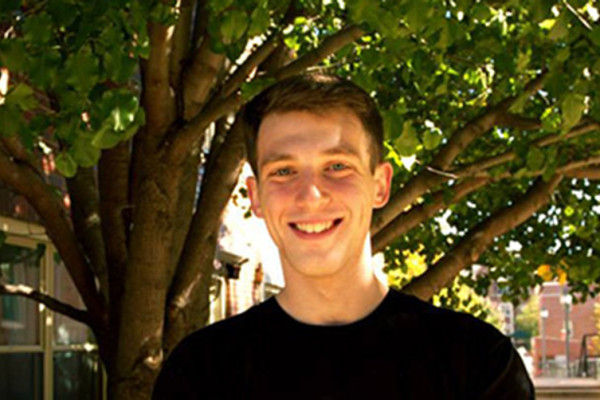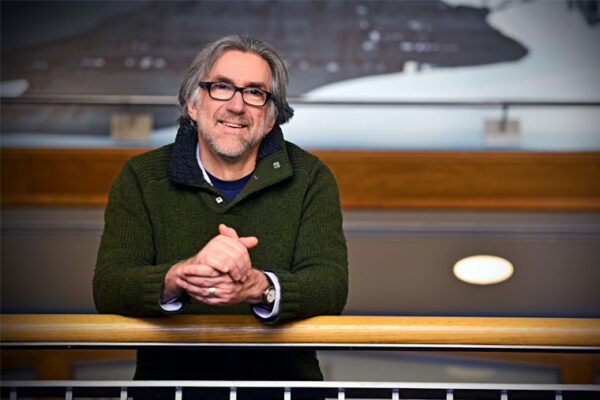As the heat of summer settles on St. Louis, here’s a gust of cold air from Antarctica
Washington University in St. Louis postdoctoral research associate Aubreya Adams went to Antarctica in January and February 2014 to help with routine maintenance of seismic stations on the West Antarctic ice shelf. But nothing in the southern continent is ever routine. In her short stay, she experienced extreme weather, saw a rare mirage, visited bizarre ice vents on the volcanic Mount Erebes and saw first hand the effects of the warming that recently made front page news in The New York Times.
Huang wins this year’s Spector Prize
The Spector Prize, first awarded in 1974, recognizes academic excellence and outstanding undergraduate achievement in research. Students are nominated by their research mentors for outstanding research that has made substantial contributions to a field. This year, the prize has been awarded to Deborah Huang, who plans to
graduate this month with a major in biochemistry and molecular biology
and a minor in public health.
SIMS laboratory dedicated
Last week, the university dedicated the Grossman Family SIMS Laboratory in Rudolph Hall. The build-out of the lab was funded by a gift from the family of WUSTL alumnus Matthew Grossman. The space houses a state-of-the-art secondary-ion mass spectrometer that will be used primarily for the analysis of geological samples but also will be available to members of the newly founded Institute of Materials Science and Engineering to study problems in the analysis and design of materials.
A protein key to the next green revolution sits for its portrait
Scientists are beginning to talk about re-engineering crop plants so that, like legumes, they will have on-site nitrogen-fixing systems, either in root nodules or in the plant cells themselves. The structure of a protein called NolR that acts as a master off-switch for the nodulation process, published in the April 29 issue of PNAS, brings them one step closer to this goal.
More questions than answers as mystery of domestication deepens
A recent interdisciplinary conference that led to the publication of a special issue of PNAS on domestication raised more questions than it answered. Washington University in St. Louis scientists Fiona Marshall and Ken Olsen, who participated in the conference and contributed to the special issue, discuss some of the key questions that have been raised about this pivotal event in human history.
Genetic study tackles mystery of slow plant domestications
Did
domesticating a plant typically take a few hundred or many thousands of years? Genetic studies often indicate that domestication traits have a
fairly simple genetic basis, which should facilitate their rapid
evolution under selection. On the other hand, recent archeological
studies of crop domestication have suggested a relatively slow spread
and fixation of domestication traits. An article in “The Modern View of Domestication,” a special issue of PNAS, tries to resolve the discrepancy.
The story of animal domestication retold
A review of recent research on the
domestication of large herbivores for “The Modern View of
Domestication,” a special feature of PNAS, suggests that neither intentional
breeding nor genetic isolation were as significant as traditionally
thought.
Tinianow to receive 2014 Stalker Award
Alex Tinianow will receive this year’s Harrison D.
Stalker Award from the Department of Biology in Arts & Sciences at
Washington University in St. Louis. The award is given annually to a graduating biology
major whose undergraduate career combines outstanding scientific
scholarship with significant contributions in the arts and humanities.
A Q&A with planetary scientist Bill McKinnon
Bill McKinnon, PhD, professor of earth and planetary
sciences at Washington University in St. Louis, lists as his top research
interests the icy satellites of the outer solar system and the physics of
impact cratering. But he isn’t picky. If anything unusual and exciting is going
on anywhere in the solar system, he wants to know about it.
What’s so hard about counting craters?
The journal Icarus published a study this month that compared lunar crater counts by eight professionals with crowdsourced counts by volunteers. The professional crater counts varied by as much as a factor of two. Two of the professionals, both planetary scientists at Washington University in St. Louis, explain why they weren’t surprised.
View More Stories
